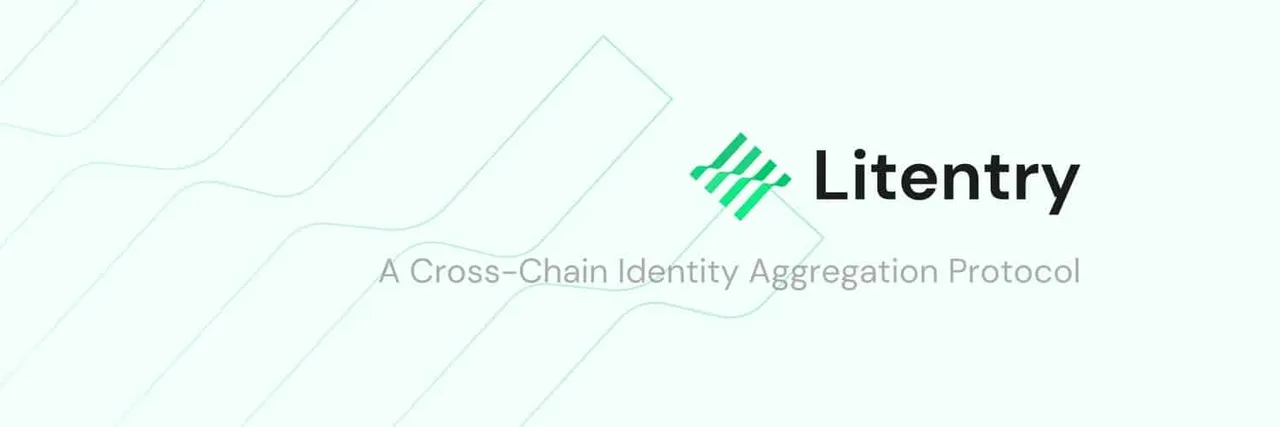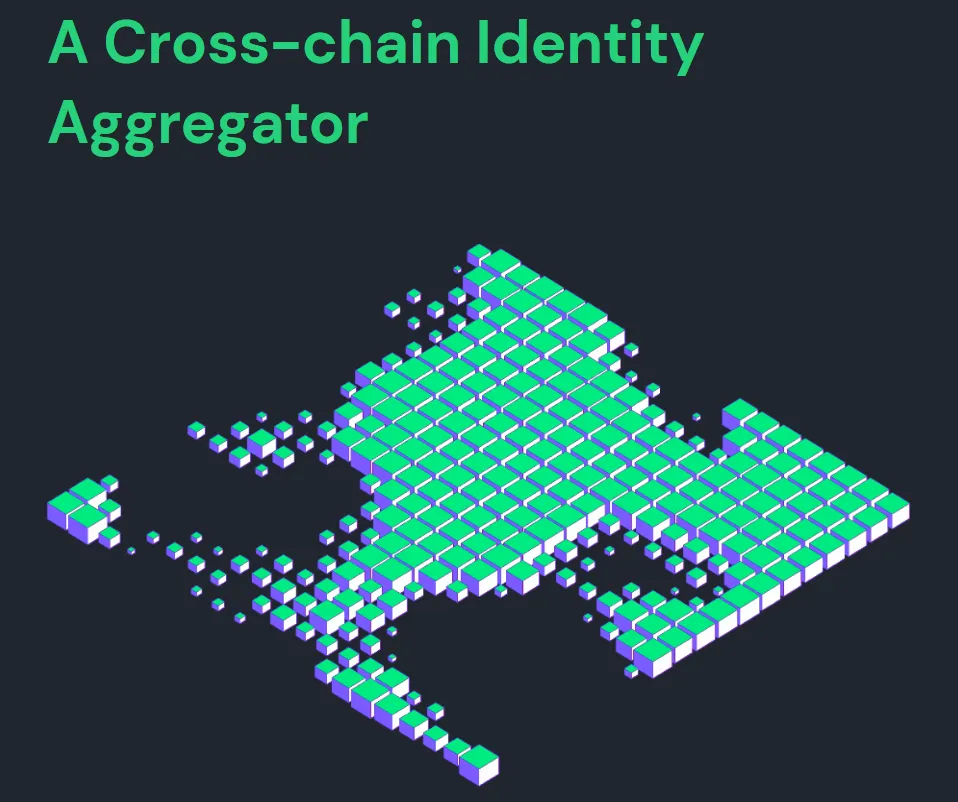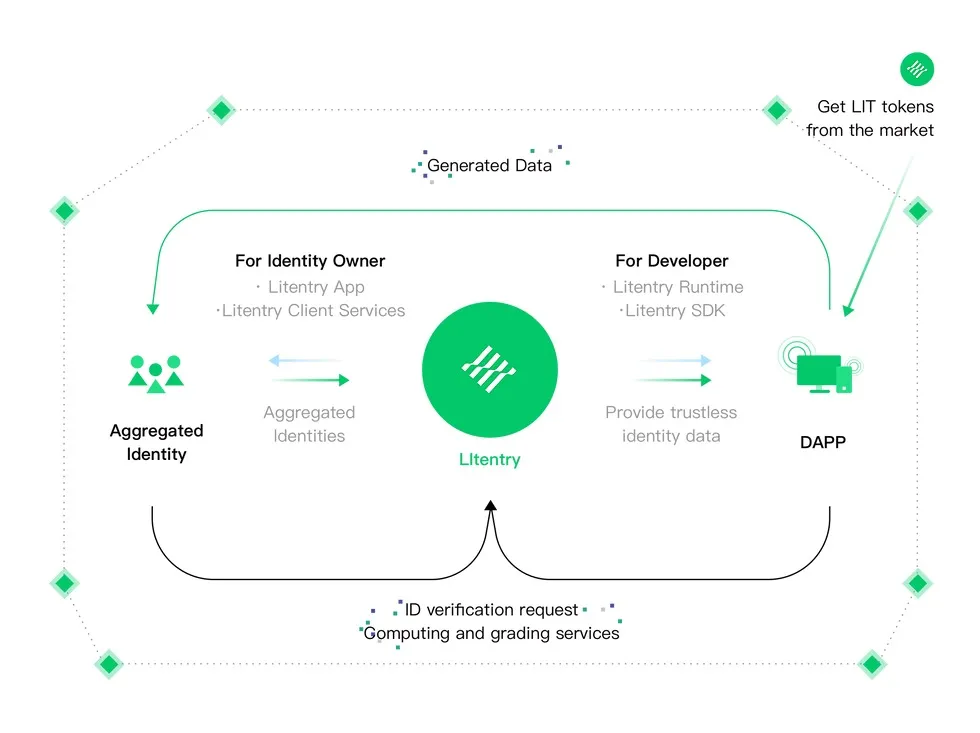The Portkey to the World of Web3.0 – Litentry & DID

With the launch of Litentry on the Binance Launchpool sector on January 29, 2021, the stake farming of its corresponding token, LIT, has started. The entire Polkadot and even the blockchain community are more enthusiastic about Litentry. In the meantime, more and more Blockchain ecosystem fans hear the calls and are continuously attracted to the community. People are talking about the identity system, talking about the DID, and looking forward to what kind of commercial value Litentry will bring. But perhaps, what is even more amazed in the end is the evolution that Litentry, such a unique and innovative identity aggregator, brings to the entire Web3.0 system.
1. Why DID (decentralized identity)?
‘Decentralized identity is a globally unique, persistent, decentralized identity generated or registered in an encrypted manner without a centralized registration authority’, according to the definition of DID in the W3C meeting that happened in December 2018.
Identity is the key to our walk in the real world. ID cards, passports, mobile phone numbers, consumption records... these labels outline our portraits and tell others who we are. Recently, Apple and Facebook have been arguing about user privacy issues. Perhaps you have already felt increasingly harassing calls, fraudulent emails, frequent identity theft, and credit embezzlement.
Who stole this identity information without our knowledge?
When people log in and register through the online platform to produce and consume, user information is collected and stored in their database. And such centralized data is far beyond the control of the users themselves. Those privacy data is even packaged and sold for profit. However, users rarely have effective means to avoid from been harmed.
And in such context, DID demonstrate its unique advantages: The decentralized identification returns the control and power return to uses’ hands. enabling them to fully protect their personal information.
2. Why Litentry (DID cross-chain identity aggregator)?
The ternary paradox has always plagued every blockchain developer and the identity of users also face the dilemma of privacy and convenience.
The user's information on each chain is scattered, isolated, and multi-dimensional, forming islands of information. For the project party, the lack of effective aggregated identity filtering brings risks such as Defi credit default and malicious airdropping. For users, an alternative, chain-linked account can bring convenience and value to them.
Therefore, the design logic of Litentry was born. Based on Substrate, a basic framework and network were constructed to connect the digital identities of each individual on different chains and realize the integration of identity information.

3.Why Litentry is unique & what are its advantages?
Concepts such as Self-sovereign identity (SSI) were born in the early digital movement. SSI enables users to fully own their identity data without the intervention of external management. However, the problem of identity resold remains there, and projects focusing on SSI are too limited to small circles. But Litentry, built in the Polkadot ecology, owns a larger application space and foundation.
4. Is my privacy safe on Litentry?
One feature of Litentry is the ability to process decentralized identity data into credit calculations. In addition to associating DIDs and accounts, Litentry also has built-in privacy mechanisms and credit algorithms to protect users' private data from being exposed to others by zero-protected technology. The credit algorithm is open and transparent for community discussion and improvement as well. In the future, Litentry will also use privacy computing to protect users' information with strong privacy needs.

picture from https://www.ft.com/content/54c54efb-7c80-4468-bf8f-c646e2bbe07f
5. Can I have multiple identities?
In the design of Litentry, the user's DID can be multi-dimensional, similar to the fact that we have different identities suitable for different situations in real scenes. Litentry allows users to create different identities for different behavior purposes.
The community transparent self-renewal model of the Litentry credit model provides a sustainable iteration for identity filtering and credit algorithm model improvement. Which further guarantees the value of a good credit account in the context of multiple identities, also reduces the occurrence of gray industries such as false identities and false credits.
Further, Litentry will also be able to collect users' off-chain data from online apps that meet privacy protection requirements and aggregate both on-chain and off-chain data to provide users with broader and more secure identity control and usages.

All in all, when the curtain of the Web3.0 era is slowly being opened, Litentry undoubtedly provides effective and feasible ideas for the convenience of users, the scalability of projects, the security of information, and the controllability of identity. As Litentry hopes, to create a user-centric world, in the times of Web3.0.
Article by Leon
2021/02/03